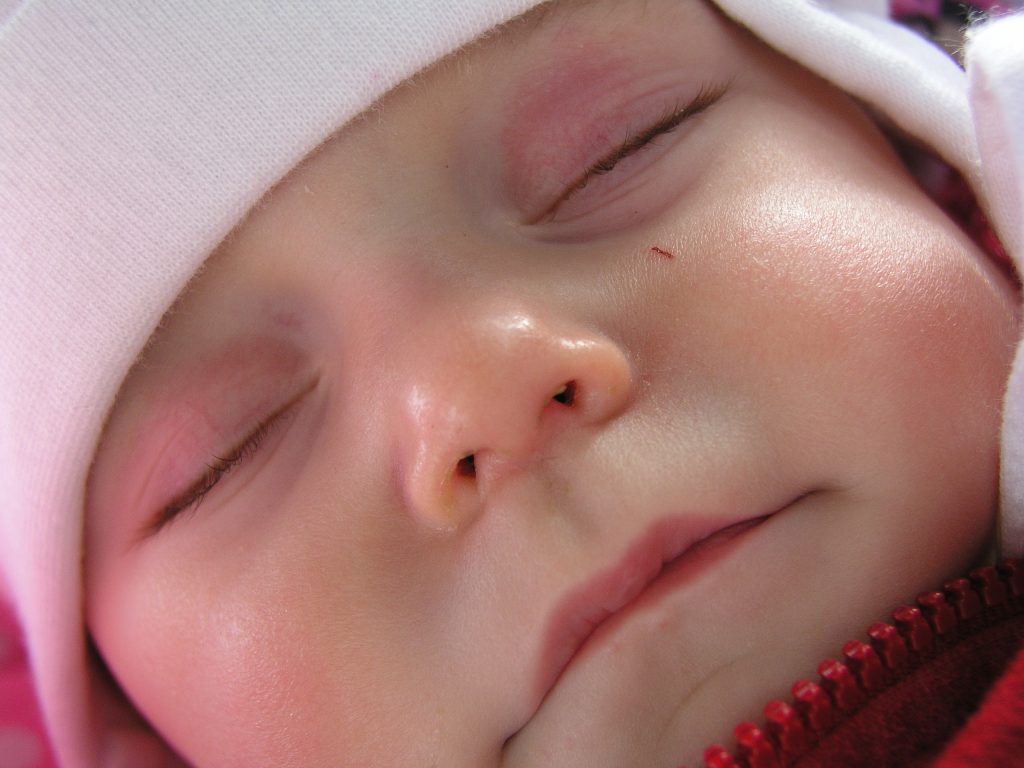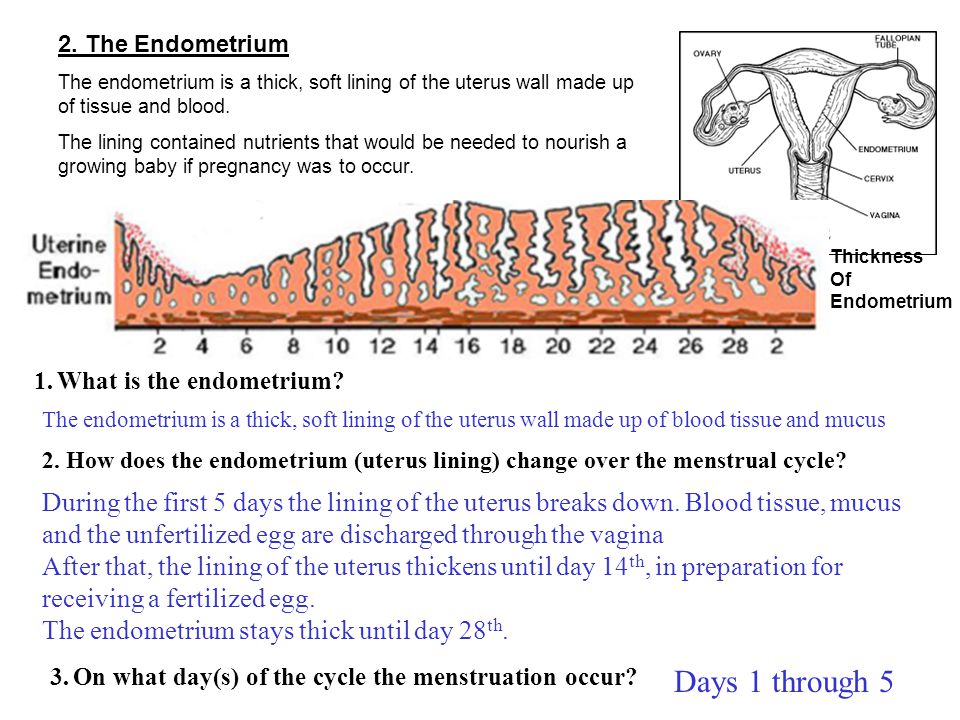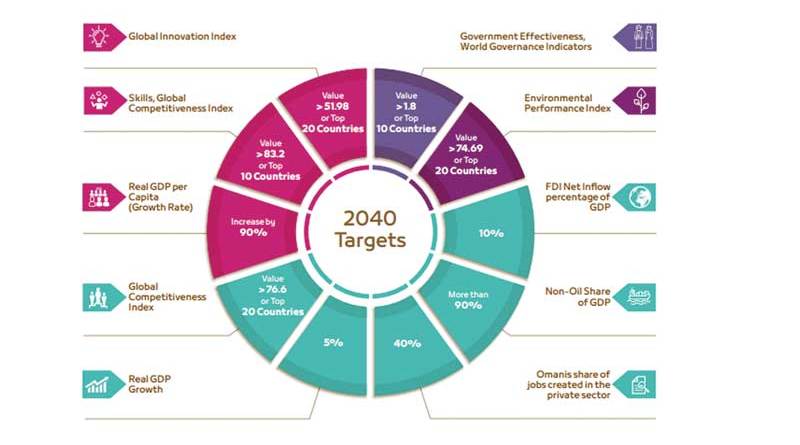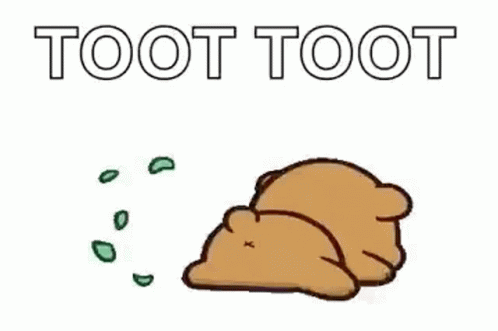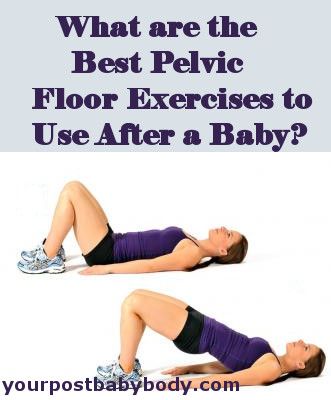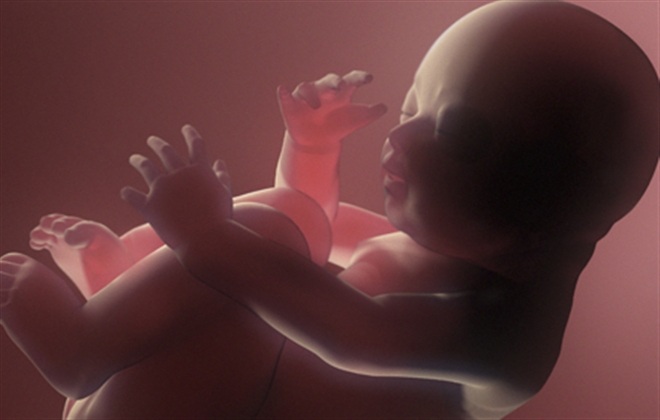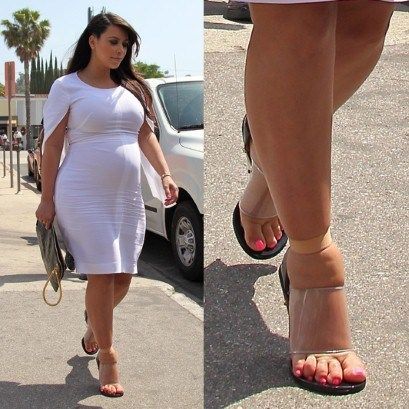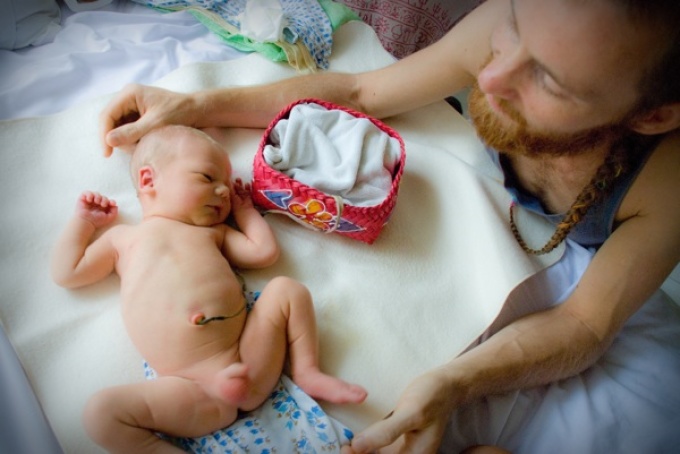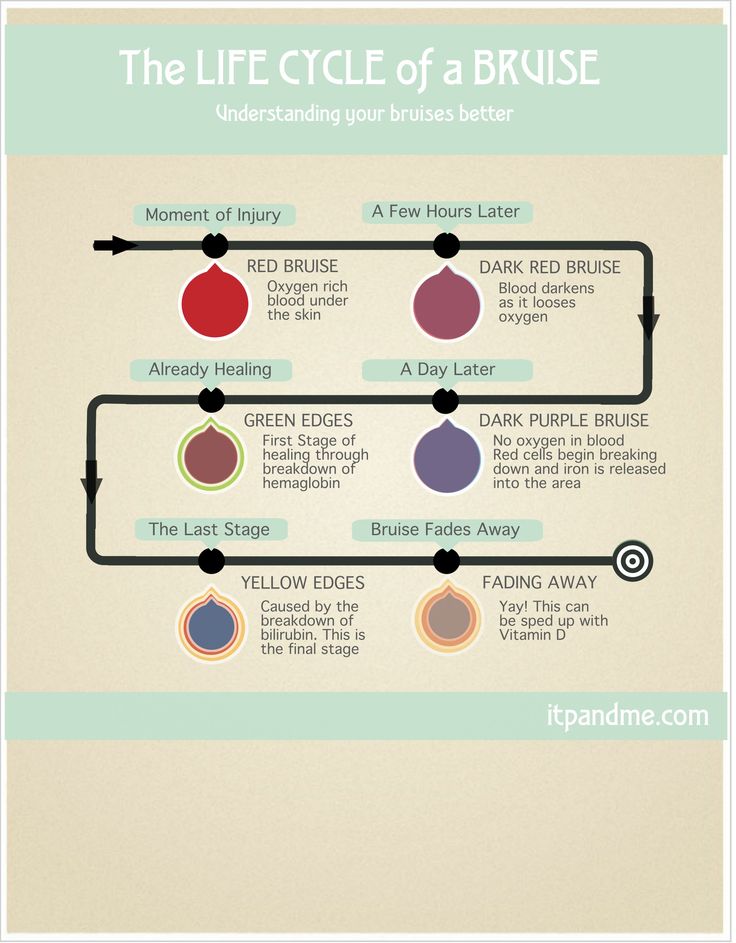What to do for cracked nipples
Cracked Nipples: Natural Remedies
Overview
If you’re a breast-feeding mother, you’ve probably had the unpleasant experience of sore, cracked nipples. It’s something that many nursing moms endure. It’s usually caused by a bad latch. This results from improper positioning of your baby at the breast.
Try these five natural remedies to treat sore, cracked nipples. Then learn what you can do to prevent this problem from happening again.
What Causes Cracked Nipples?
Traumatized nipples are described as nipples that are:
- sore
- oozing
- bleeding
- throbbing
- cracked
There are two frequent causes of traumatized nipples: poor latch at the breast and suction trauma as a result of improper positioning.
There are a number of possible reasons for incorrect positioning. Breast-feeding is a learned skill for moms and babies alike. It takes a bit of practice to properly position the nipple in a baby’s mouth and their body against the mother.
Babies who aren’t latched well may protect themselves from forceful letdown reflexes by pinching off the nipple. If a baby has a shallow latch, they may also nurse more frequently. This is because they aren’t getting as much milk at each breast-feeding session.
La Leche League International notes that, in other cases, a baby will pinch their mother’s nipple because of anatomical issues, including a:
- tongue-tie
- small mouth
- receding chin
- short frenulum
- high palate
Other possible causes include:
- nipple confusion (a possibility if you’re breast-feeding, bottle-feeding, or offering pacifiers)
- sucking problems
- baby retracting or improperly positioning their tongue during nursing
It’s important to determine what’s causing your cracked, sore nipples so you can avoid a recurring problem. Speak to a certified lactation consultant. They will be able to assess both your breast-feeding and latch techniques.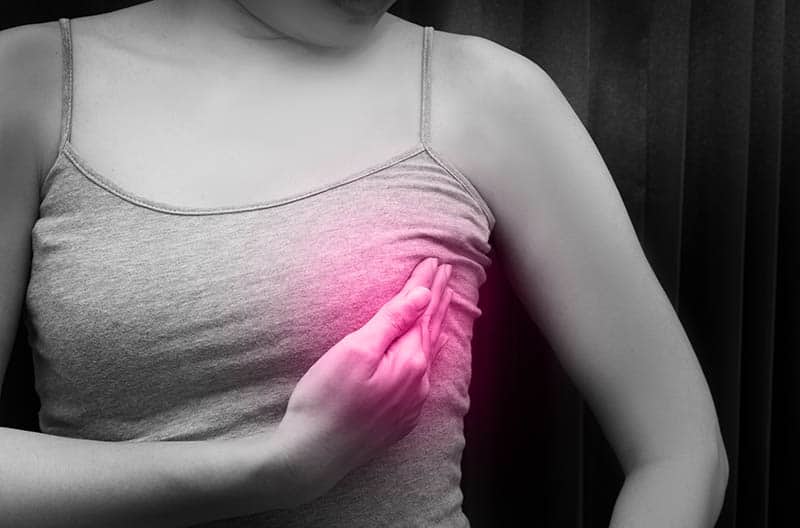 They can also look at your baby’s sucking patterns and strength.
They can also look at your baby’s sucking patterns and strength.
How Can I Treat Cracked Nipples?
Proper positioning is essential for preventing future trauma to your nipples. But how can you treat cracked nipples if you have them?
There are several home and store-bought options for treatment.
Apply Freshly Expressed Breast Milk
Smoothing freshly expressed breast milk onto cracked nipples may help them heal by offering antibacterial protection. If you’re a nursing mother, you’ll have breast milk on hand, making it easy to apply after breast-feeding sessions.
Make sure to wash your hands before gently applying a few drops of breast milk to your nipples. Allow the milk to air-dry before covering up.
Note: If you have thrush, this remedy should be avoided. Any breast milk should be rinsed off the nipple after feeding your baby. Yeast grows quickly in human milk.
Warm Compress
This is another readily available and inexpensive treatment option. While there aren’t any antibacterial benefits, you may find using warm, damp compresses after breast-feeding to be soothing on sore, cracked nipples.
While there aren’t any antibacterial benefits, you may find using warm, damp compresses after breast-feeding to be soothing on sore, cracked nipples.
- To apply, dip a washcloth in warm water.
- Wring out excess liquid.
- Place the washcloth over your nipple and breast for a few minutes.
- Gently pat dry.
Salt Water Rinse
This homemade saline solution will help hydrate the skin and promote healing:
- Mix 1/2 teaspoon of salt in 8 ounces of warm water.
- Soak the nipples in a small bowl of this warm saline solution for about one minute after breast-feeding.
- You can also use a squirt bottle to apply the solution to all areas of the nipple.
- Pat gently to dry.
Be sure to make a fresh supply of saline solution daily to reduce the chances of bacterial contamination. If your baby doesn’t seem to like the taste of the dried solution, rinse your nipples before feeding.
Apply Medical Grade Lanolin Ointment
Using a lanolin ointment specifically designed for breast-feeding mothers will help promote moist wound healing.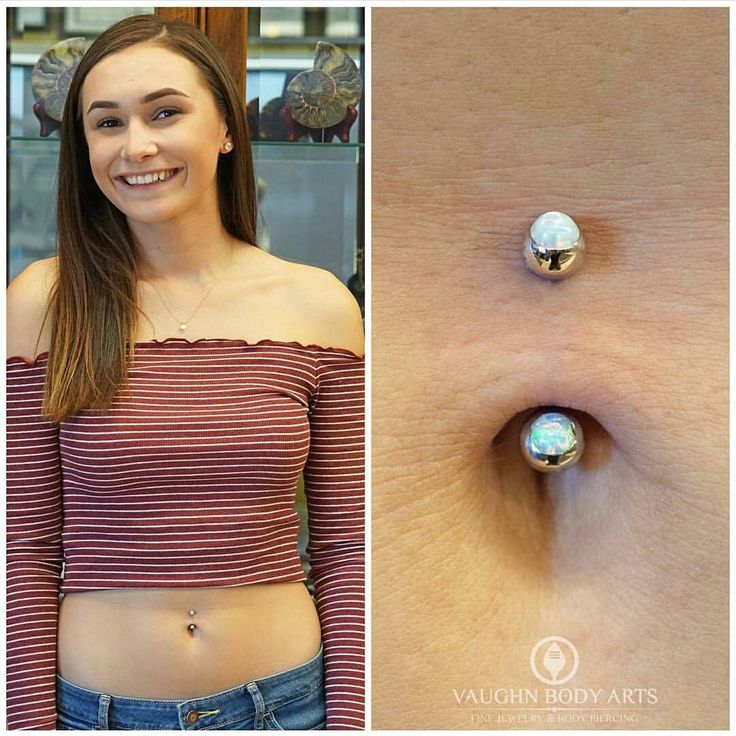 Apply to nipples after breast-feeding. It doesn’t need to be removed before nursing your baby.
Apply to nipples after breast-feeding. It doesn’t need to be removed before nursing your baby.
Change Nursing Pads Frequently
Change nursing pads as soon as they become damp. Leaving the moisture against your nipples can delay healing. Also avoid nursing pads made with plastic linings. They can obstruct airflow. Look for pads made from 100 percent cotton.
Remedies to avoid
You may hear of other remedies for cracked, sore nipples. But some of these can be counter-effective and should be avoided.
- Wet tea bags: This is a popular remedy in many locations around the world. While they’re inexpensive, the tannic acid from the tea can have an astringent effect on the nipple. This can dry out the nipple or even cause cracking. If the moist warmth is appealing, stick with a plain water compress.
- Using ointments or creams that aren’t 100 percent lanolin, or shouldn’t be ingested:Some products marketed to breast-feeding mothers can prevent air circulation and dry out the skin.
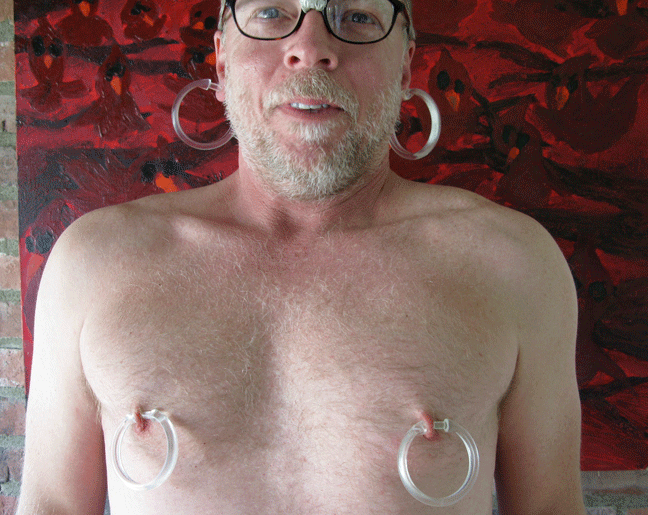 Avoid products that shouldn’t be ingested. These could be harmful to your baby. If you must wash your nipples before every feeding, you’ll lose the benefit of natural lubrication.
Avoid products that shouldn’t be ingested. These could be harmful to your baby. If you must wash your nipples before every feeding, you’ll lose the benefit of natural lubrication.
Takeaway
Remember, cracked nipples are often a symptom of breast-feeding. While it’s important to help cracked nipples heal, it’s also important to address the cause of the problem.
If you have questions or concerns about cracked nipples, see your pediatrician or a certified lactation consultant.
Share on Pinterest
Healing Tips for Nipple Cracks or Abrasions • KellyMom.com
By Kelly Bonyata, BS, IBCLC
The following measures can be very helpful if the skin on the nipple is broken for any reason (cracked nipple due to shallow latch, tongue-tie/lip-tie or other anatomical variations, thrush, a bite, milk blister, etc.).
Keep in mind that one of the most important factors in healing is to correct the source of the problem.
.
Continue to work on correct latch and positioning, thrush treatment, etc. as you treat the symptoms, and talk to a La Leche League Leader and/or board certified lactation consultant (IBCLC) if what you’re doing is not working.
as you treat the symptoms, and talk to a La Leche League Leader and/or board certified lactation consultant (IBCLC) if what you’re doing is not working.
During the nursing session | After nursing | Between nursings | Additional information
- Breastfeed from the uninjured (or less injured) side first. Baby will tend to nurse more gently on the second side offered.
- The initial latch-on tends to hurt the worst – a brief application of ice right before latching can help to numb the area.
- Experiment with different breastfeeding positions to determine which is most comfortable.
- If breastfeeding is too painful, it is very important to express milk from the injured side to reduce the risk of mastitis and to maintain supply. If pumping is too painful, try hand expression.
After nursing
Salt water rinse
This special type of salt water, called normal saline, has the same salt concentration as tears and should not be painful to use.
To make your own normal saline solution:
Mix 1/2 teaspoon of salt in one cup (8 oz) of warm water. Make a fresh supply each day to avoid bacterial contamination. You may also buy individual-use packets of sterile saline solution.
- After breastfeeding, soak nipple(s) in a small bowl of warm saline solution for a minute or so–long enough for the saline to get onto all areas of the nipple. Alternately, put the saline solution into a squeeze bottle and squirt it on gently; use plenty of saline, making sure to get it on all areas of broken skin.
- Avoid prolonged soaking (more than 5-10 minutes) that “super” hydrates the skin, as this can promote cracking and delay healing.
- Pat dry very gently with a soft paper towel.
- If baby objects to the taste of the residual salt from the saline rinse, rinse directly before nursing by dipping nipple(s) into a bowl of plain water. Pat dry gently.
After the salt water rinse
- Apply expressed breastmilk to the nipples to promote healing–this can be done in addition to other treatments.
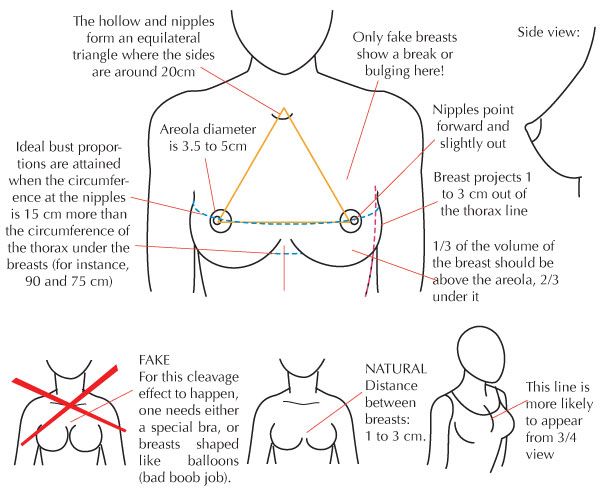
- To promote “moist wound healing” (this refers to maintaining the internal moisture of the skin, not keeping the exterior of the skin wet) apply a medical grade lanolin ointment (e.g., Lansinoh, Purelan), soft paraffin/vaseline or a hydrogel dressing (e.g., ComfortGel, Soothies).
- If you have thrush, follow the saline soak with an antifungal ointment or other thrush treatment.
- If needed, apply an antibiotic ointment (e.g. Bactroban/mupirocin, Polysporin) or Dr. Jack Newman’s All Purpose Nipple Ointment(APNO; an antibiotic/anti-inflammatory/anti-yeast combo) sparingly after each feeding.
- Per Hale, Bactroban ointment (mupirocin; lactation risk category L1/safest), available only by prescription, may be the best choice for nursing mothers.
- Of the over-the-counter treatments, Polysporin (Polymyxin B Sulfate and Bacitracin Zinc) may be preferred for topical use in the nipple area of nursing moms over antibiotic ointments containing neomycin (such as Neosporin or triple antibiotic ointment).
 Neomycin carries a small risk (1-2% of the general population) of contact dermatitis (see The Role of Topical Antibiotics in Dermatologic Practice by J.J. Leyden, MD).
Neomycin carries a small risk (1-2% of the general population) of contact dermatitis (see The Role of Topical Antibiotics in Dermatologic Practice by J.J. Leyden, MD). - It is not necessary to wash small amounts of antibiotic or APNO ointment from the nipple prior to nursing, even if baby nurses again within minutes (see Dr. Jack Newman’s Sore Nipples info). If too much ointment was used and there is an obvious amount remaining when baby is ready to nurse again, gently wipe the excess off with a damp cloth.
Between nursings
- Keep nipples exposed to air when possible. When wearing a bra, use fresh disposable pads (change when damp). Some mothers use breast shells to protect the nipple from the dampness and friction of the bra.
- If there is a specific injury–like a bite–cold compresses (ice packs over a layer of cloth) may help: 20 minutes on, 20 minutes off; repeat as needed.
- Ibuprofen (Advil, Motrin) or acetaminophen (Tylenol) is compatible with breastfeeding.
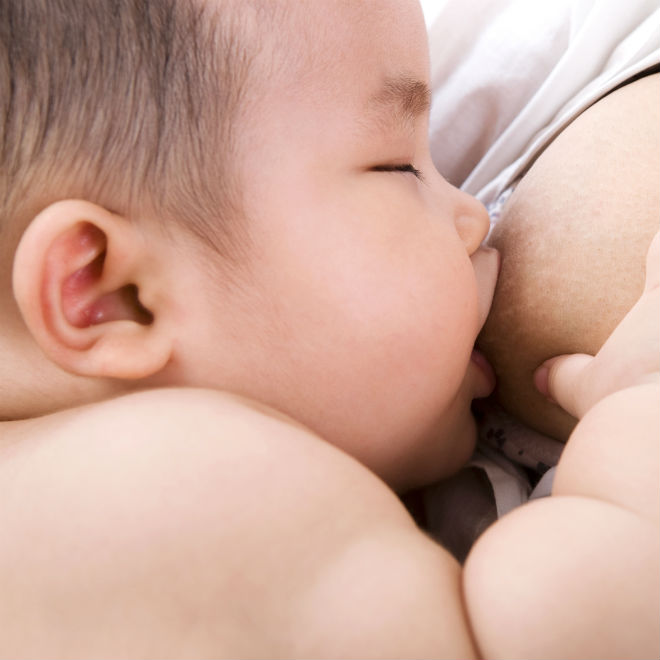
- Once a day, use a non-antibacterial, non-perfumed soap to gently clean the wounded area, then rinse well under running water. Using soap on the nipple area is not recommended unless the skin is broken.
| Contact your health care provider if you notice:Fever, inflammation/redness, swelling, oozing, pus, or other signs of infection. It is possible to have multiple infections (both fungal and bacterial). If the nipple is obviously infected, then talk to your health care provider about the possibility of using an oral (systemic) antibiotic. One study indicated that topical antibiotics and good breastfeeding techniques might not be sufficient if infection is present. (See Livingstone V, Stringer LJ. The treatment of Staphyloccocus aureus infected sore nipples: a randomized comparative study. J Hum Lact. 1999 Sep;15(3):241-6.) See also Oral antibiotic use for sore, cracked nipples and Staphylococcus aureus and sore nipples. |
Additional information
Treatment of Sore, Cracked, or Bleeding Nipples by Becky Flora, IBCLC
Sore Nipples by Jack Newman, MD, FRCPC
Nipple Pain by Paula Yount
Sore Nipples in the Breastfeeding Mother from Lactation Education Resources
Barton A. Oral Antibiotics and Positioning Are Effective in Decreasing Morbidity in Breastfeeding Mothers. Critically-Appraised Topic from University of Michigan Evidence-Based Pediatrics Web Site, February 14, 2000.
Buchanan P, Hands A, Jones W. Assessing the evidence: Cracked Nipples and Moist Wound Healing. Paisley, Scotland: The Breastfeeding Network, March 2002.
Livingstone V, Stringer LJ. The treatment of Staphyloccocus aureus infected sore nipples: a randomized comparative study. J Hum Lact. 1999 Sep;15(3):241-6.
Martin J. Nipple Pain: Causes, Treatments, and Remedies. Leaven. February-March 2000;36(1):10-11.
Morland-Schultz K, Hill PD. Prevention of and therapies for nipple pain: a systematic review.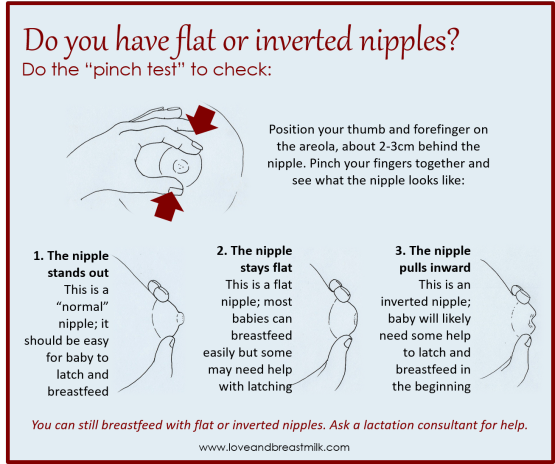 J Obstet Gynecol Neonatal Nurs. 2005 Jul-Aug;34(4):428-37.
J Obstet Gynecol Neonatal Nurs. 2005 Jul-Aug;34(4):428-37.
Cracked nipple Wikipedia
Cracked nipples | Medela
Amir, L.H. ABM Clinical Protocol #4: Mastitis, Revised March 2014. Breastfeed Med 9, 239–243 (2014). - Amir L.Kh., "AVM Clinical Protocol #4: Mastitis", revised March 2014 Brestfeed Med 9 (Breastfeeding Medicine) 239–243 (2014).
Jacobs, A. et al. S3-Guidelines for the Treatment of Inflammatory Breast Disease during the Lactation Period: AWMF Guidelines, Registry No. 015/071 (short version) AWMF Leitlinien-Register Nr. 015/071 (Kurzfassung). Geburtshilfe Frauenheilkd . 73, 1202–1208 (2013). - Jacobs A. et al., "Recommendations S -3 for the management of inflammatory breast disease during breastfeeding: guidelines AWMF , registration number 015/071 (abbreviated version)" Leitlinjen- Registration number 015/071 (Kurzfassung).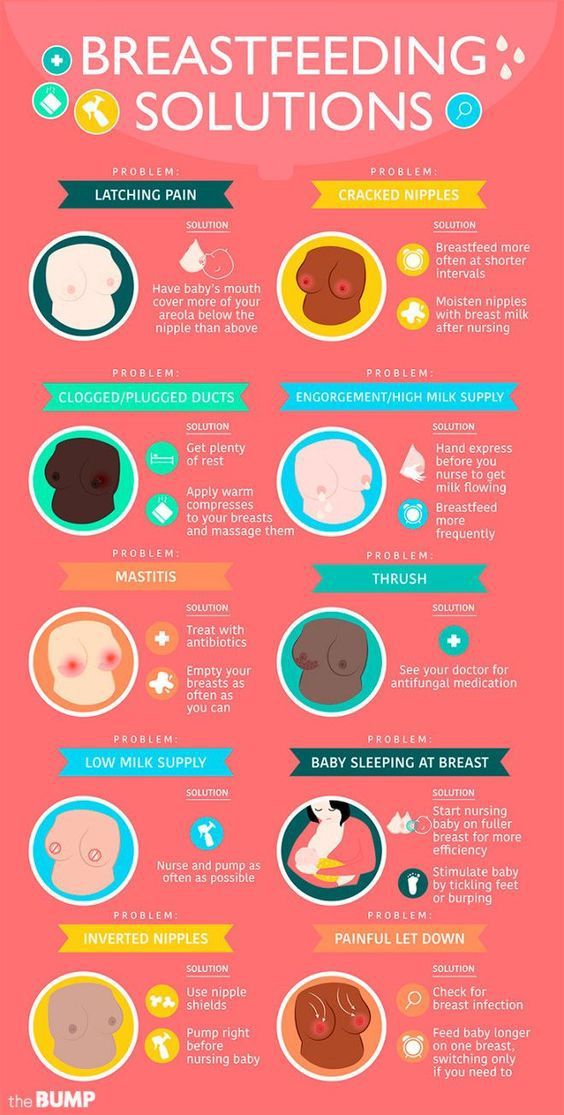 Geburtschilde Frauenheilkd. 73, 1202–1208 (2013).
Geburtschilde Frauenheilkd. 73, 1202–1208 (2013).
American Academy of Pediatrics and The American College of Obstetricians and Gynecologists. Breastfeeding handbook for physicians 2006). - American Academy of Pediatrics and American College of Obstetrics and Gynecology. "Medical Guide to Breastfeeding", 2006.
Lawrence , R . A . & Lawrence , R . M . Breastfeeding : a guide for the medical profession ( Elsevier Mosby , Maryland Heights , MO , 2011). - Lawrence R.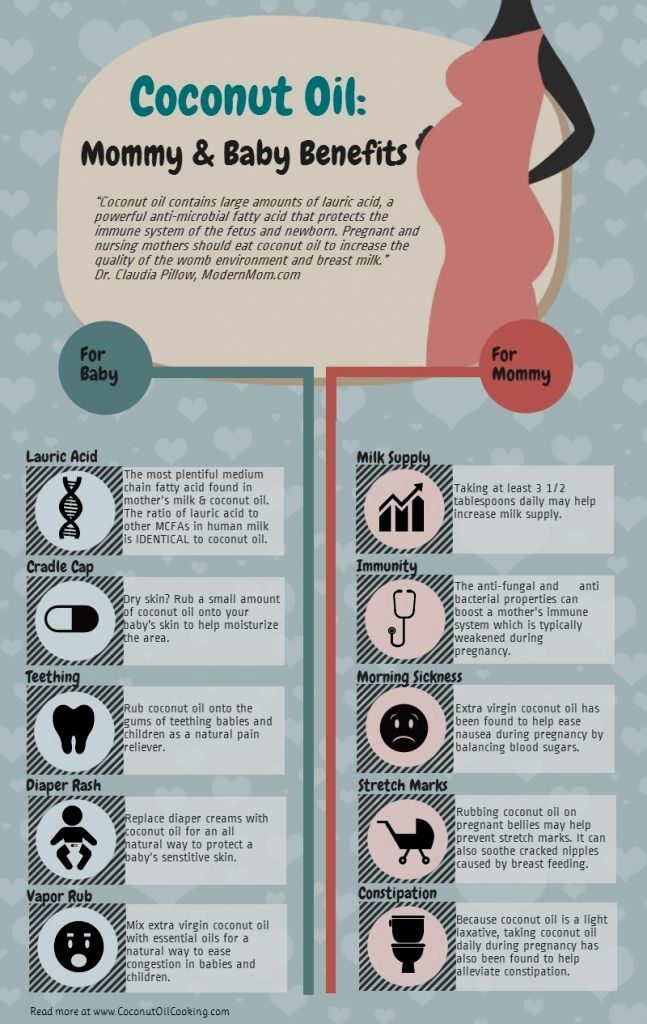 A., Lawrence R.M., "Breastfeeding: A guide for healthcare professionals." (Publisher Maryland Heights , Missouri, USA: Elsevier Mosby; 2011.)
A., Lawrence R.M., "Breastfeeding: A guide for healthcare professionals." (Publisher Maryland Heights , Missouri, USA: Elsevier Mosby; 2011.)
McClellan, H.L. et al. Infants of mothers with persistent nipple pain exert strong sucking vacuums. Paediatica 97, 1205–1209 (2008). — McClellan H.L. et al., "Babies of mothers suffering from persistent nipple pain create extremely high sucking vacuums." Pediatrics 97, 1205–1209 (2008).
McClellan, H.L. et al. Breastfeeding frequency, milk volume, and duration in mother-infant dyads with persistent nipple pain. Breastfeed Med 7, 275–281 (2012). — McClellan H.L. et al., "Breastfeeding frequency, milk quantity and duration of feedings in case of persistent sore nipples in the mother", Brestfeed Med (Breastfeeding Medicine) 7, 275–281 (2012).
McClellan, H.L. et al. Nipple pain during breastfeeding with or without visible trauma.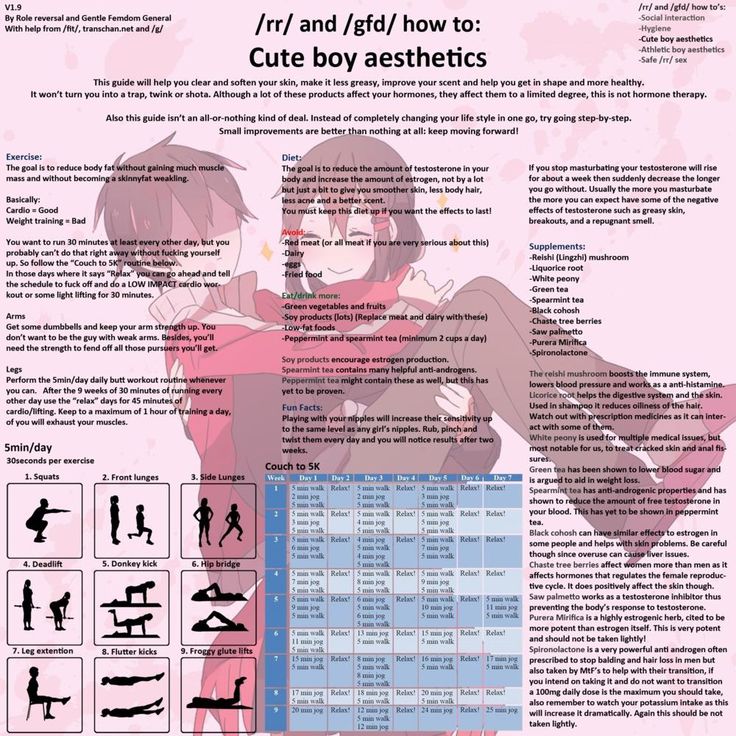 J Hum Lact 28, 511–521 (2012). — McClellan H.L. et al., "Nipple pain during breastfeeding with or without visible lesions." J Hum Lakt (Journal of the International Association of Lactation Consultants" 28, 511–521 (2012).
J Hum Lact 28, 511–521 (2012). — McClellan H.L. et al., "Nipple pain during breastfeeding with or without visible lesions." J Hum Lakt (Journal of the International Association of Lactation Consultants" 28, 511–521 (2012).
Hale, T.W., & Rowe H.E., Medications and mothers' Milk 2014 (Hale Publishing, Plano, 2014). - Hale T . and Row X . and ., " medicinal Preparations in Maternal milk ". Publishing Hale
Nipple fissure - health articles
11/10/2022
Nipple fissure - defect, damage to the integrity of the skin on the nipples of the mammary glands. It is manifested by a sharp soreness with irradiation to the shoulder blade when feeding a child.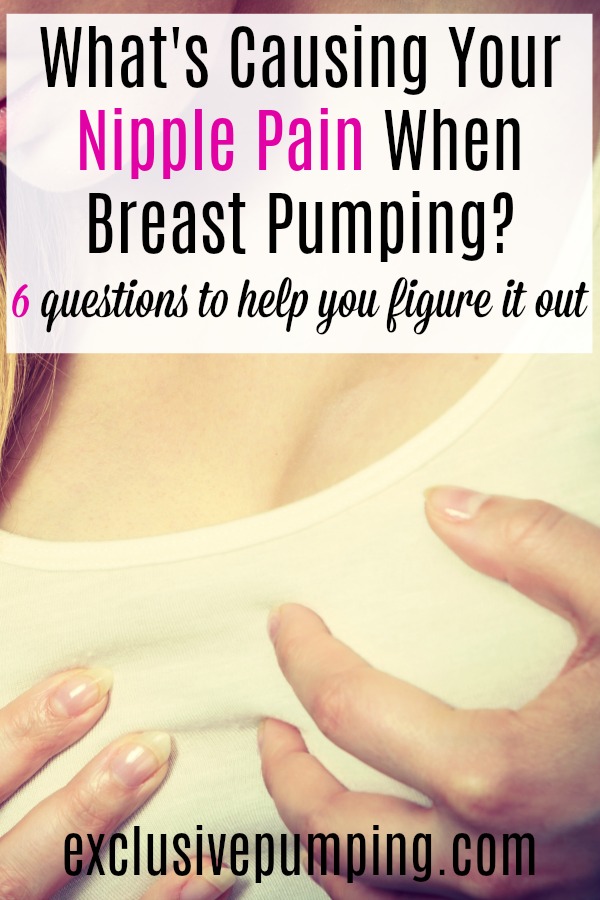 It can be complicated by infection of wounds, the development of candidiasis on the nipple, mastitis. If cracks become infected, there is a risk of infection of the child during feeding.
It can be complicated by infection of wounds, the development of candidiasis on the nipple, mastitis. If cracks become infected, there is a risk of infection of the child during feeding.
Treatment of cracked nipples begins with the elimination of their cause. In parallel, they carry out the prevention of their infection, use means that promote the speedy healing.
Causes
The main reason for the appearance of cracks is the lack of breastfeeding during feeding. When properly applied to the breast, the nipple rests against the baby's palate in a fixed motionless position, the child squeezes the areola with its jaws, contributing to the outflow of milk. In this case, the lower lip of the child is tucked up. If the nipple is not inserted to the proper depth, then it ends up on the tongue, gaining mobility, the lower lip injures the nipple and areola, and the jaws compress the breast in the most sensitive and easily damaged place. As a result of constant irritation of the nipple and areola areas, damage to the skin occurs - cracks form.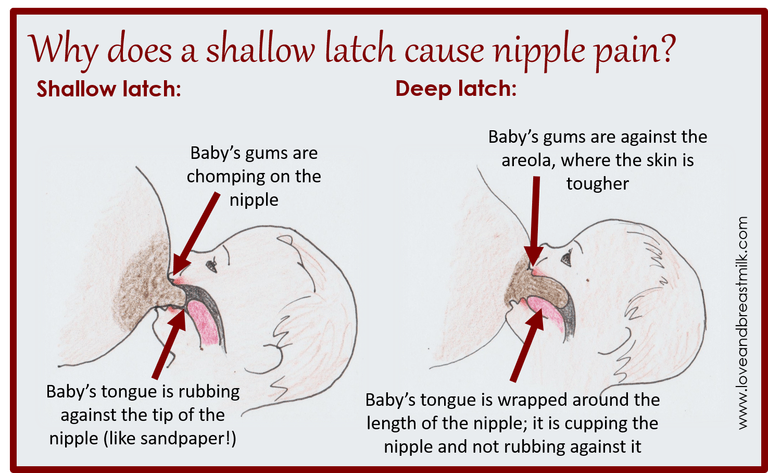
The second most common cause of cracked nipples can be improper weaning. Often, when feeding, mothers do not support the child's head, and also place his stomach not towards himself, but up. As a result, at the end of feeding, the child turns away from the breast, pinching the nipple in the jaws. There is pressure on areas of the nipple that are not intended for this.
Another common cause is washing your nipples too often. Modern medicine does not support the need to wash the breast after each feeding. With frequent washing, the nipples are washed off their natural lubricant, which is secreted by special glands in the skin of the areola (Montgomery's glands) and the nipples lose one of their natural protective mechanisms.
Fissures can also develop when feeding older children as a result of bites from erupted teeth.
The development of thrush contributes to the occurrence of cracked nipples.
Symptoms
Symptoms that may appear both in the early periods of feeding and later:
- single or multiple lesions of the skin of the breast, nipples and areals;
- superficial cracks that will show up on contact with underwear;
- subcutaneous fissures, characterized by severe pain;
- bleeding;
- slight suppuration;
- increased sensitivity and soreness of the nipples;
- Excessively dry skin around the nipples and areolas.
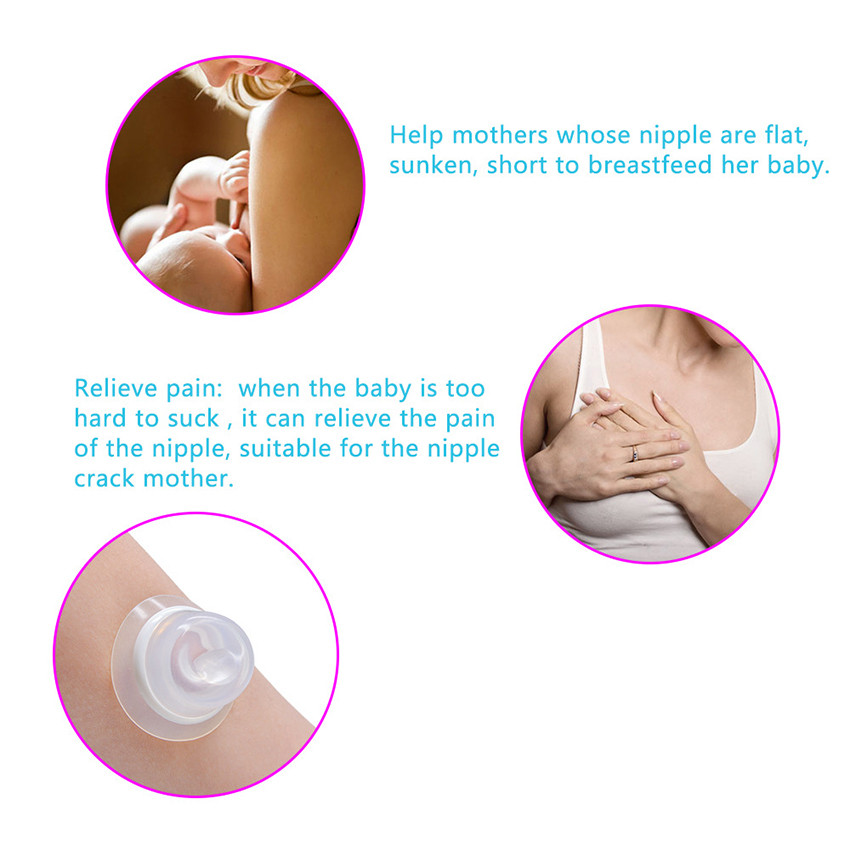
Even if you notice that at least one of the above symptoms appears from time to time and then disappears, this can also be an important signal of a possible infection or the presence of some other disease.
Treatment of cracked nipples
If it is a small cracked nipple, treatment can be started at home. The first step is to prevent infection. Change your underwear every day, iron your bra after washing with a hot iron. Put disposable sterile pads inside the bra and change them when they become damp.
Do not wash your breasts after each feeding, so as not to violate the natural protection. Mother's milk itself is a good antiseptic, so it can be used as a cream for cracked nipples, squeezing a few drops after feeding. Be sure to let the milk dry, hold your chest open for a few minutes.
Previously, when nipple cracks appeared, treatment was started with brilliant green. You should not do this, as it has been proven that brilliant green is quite toxic.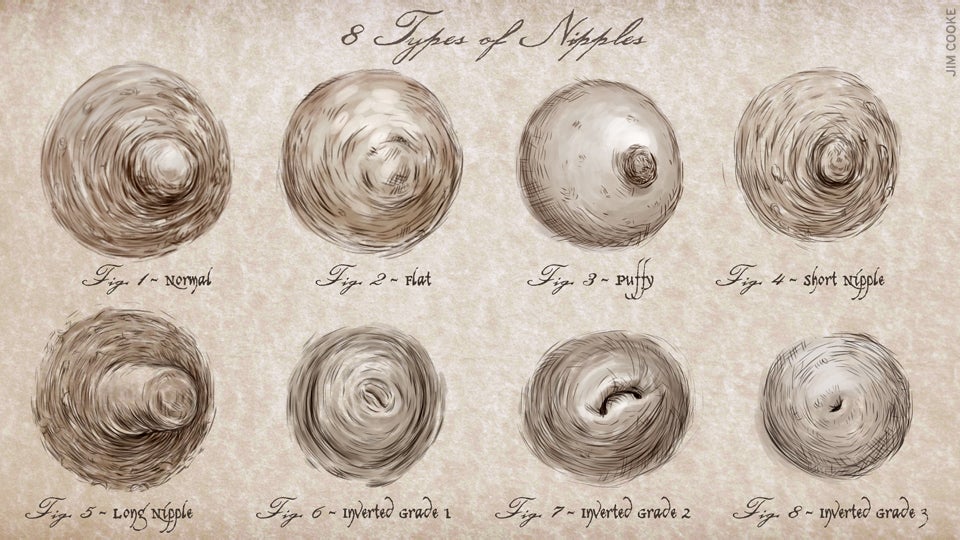 It is better to use a methylene blue aqueous or alcohol solution as an antiseptic, this antiseptic will also serve to prevent thrush in a child. It should be noted that antiseptics cannot solve the problem of how to treat nipple cracks, they only prevent infection.
It is better to use a methylene blue aqueous or alcohol solution as an antiseptic, this antiseptic will also serve to prevent thrush in a child. It should be noted that antiseptics cannot solve the problem of how to treat nipple cracks, they only prevent infection.
Cracked nipples can be lubricated with castor oil to soften the skin and heal quickly. It can be replaced with sea buckthorn or rosehip oil. Oil is applied to cracked nipples after feeding. Be sure to wait until it dries, and only then put on a bra.
Compresses for cracked nipples can be made from butter and applesauce. Apples need to be rubbed on a grater, add butter to them in a ratio of 1: 1 and attach to the chest. Hold the compress for 2-3 hours.
Kalanchoe or aloe juice has an excellent healing effect. The leaves of the plants are cut in half and smeared with pulp on the cracks in the nipples. Juice can be squeezed out and compresses can be made from it.
Cracked nipples during feeding can also be treated with products from a pharmacy.
 )
)